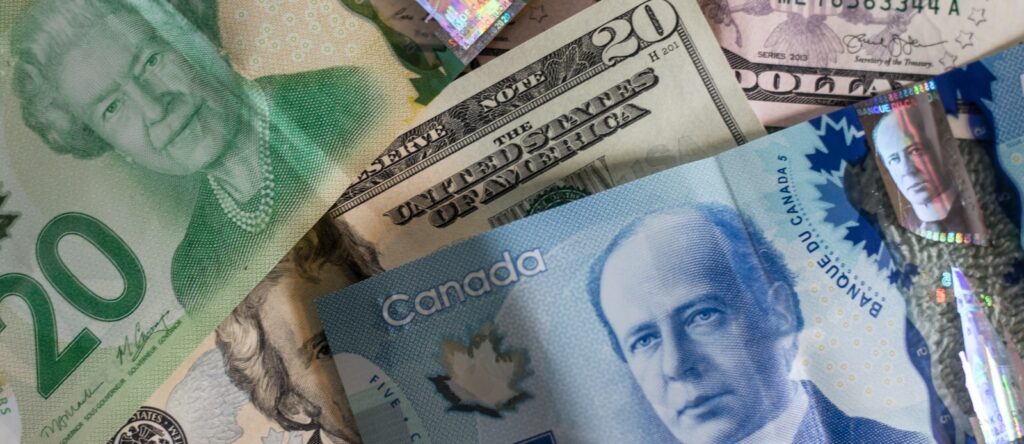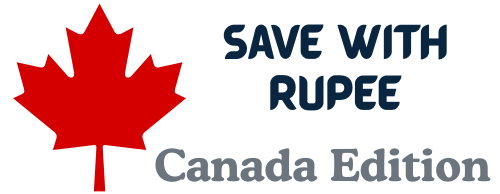Learn how to save for a home down payment in Canada with smart budgeting, tax-sheltered accounts, and expert tips. Real-life stories and practical advice for first-time buyers.
How to Save for a Down Payment in Canada
Answer Box:
Saving for a down payment is a major financial goal for Canadians aiming to buy their first home. With the right strategies, disciplined budgeting, and smart use of savings accounts, you can accelerate your progress and achieve homeownership sooner than you think.

Real-Life Story: Sarah’s Journey to Her First Home
Sarah, a 26-year-old PhD student in Calgary, dreamed of owning her own condo. With a tight student budget, Sarah knew saving for a down payment would be tough. She teamed up with her mom to share the cost, while making sacrifices like buying second-hand furniture and limiting social outings. Their combined efforts helped them lock in a mortgage with a low-interest rate in 2021. Sarah learned early: careful budgeting and family support helped turn the impossible into a home she loves.
Understanding Down Payment Requirements in Canada
- Minimum down payment:
- For homes up to $500,000: 5% of purchase price.
- Between $500,000 and $1 million: 5% on first $500,000 plus 10% on remainder.
- Over $1 million: 20% required.
- Larger down payment benefits: Smaller mortgage, lower monthly payments, avoid mortgage insurance.
- Stress test: Prove you can handle mortgage payments if interest rates increase.
Top Strategies to Save for Your Down Payment
| Tip | Why It Helps |
|---|---|
| Budget Around Your Goal | Cut unnecessary expenses and focus savings |
| Automate Savings | Consistent saving without thinking |
| Use Windfalls & Bonuses | Boost savings with tax refunds and bonuses |
| Open a First Home Savings Account (FHSA) | Tax-free growth and deductions for first-time buyers |
| Borrow from RRSP with Home Buyers’ Plan | Tax-free withdrawal up to $35,000 repayable over 15 years |
| Use a Tax-Free Savings Account (TFSA) | Tax-free growth, flexible withdrawals |
| Pay down high-interest debt first | Frees up more money to save |
| Explore Local First-Time Buyer Programs | Grants and loans available |
Saving Accounts Comparison for Down Payments
| Account Type | Tax Benefits | Withdrawal Rules | Max Contribution Limits |
|---|---|---|---|
| FHSA (First Home Savings Account) | Contributions deductible, tax-free growth, tax-free withdrawal for home purchase | Must be first-time purchase; unused funds to RRSP | $8,000/year; $40,000 lifetime |
| RRSP with Home Buyers’ Plan | Contributions deductible; growth tax-deferred | Must repay over 15 years to avoid taxes | Standard RRSP limits apply |
| TFSA | No tax on contributions or growth | Withdraw anytime, tax-free | $6,500/year (2025 limit) |
| Regular Savings Account | No tax benefits | Flexible | No limit |
Personal Tips from Sarah and Experts
- Track every expense carefully and prioritize saving.
- Set up automatic monthly deposits to your savings account or FHSA.
- Supplement income with side gigs or bonuses targeted for savings.
- Use tax refunds and windfalls to boost your down payment fund.
- Seek family support if possible to shorten the path.
- Spend smartly by buying second-hand or limiting luxury expenses.
- Stay patient; consistent saving wins.
Frequently Asked Questions (FAQs)
How long does it usually take to save a down payment?
Time varies greatly by region and income—big cities may require over a decade; others less.
What is a First Home Savings Account (FHSA)?
A special account allowing first-time buyers to save $40,000 tax-free with annual contribution limits.
Can I use my RRSP for a down payment?
Yes, via the Home Buyers’ Plan, you can withdraw up to $35,000 tax-free, repayable over 15 years.
What if I don’t have family to help?
Focus on strict budgeting, multiple income streams, and government programs for first-time buyers.
Should I pay off debt before saving?
Yes, paying down high-interest debt frees more money to save and strengthens mortgage approval chances.
Market Challenges to Consider
- High housing prices in cities mean longer saving times.
- Some families rely on gifts or loans to meet down payment thresholds.
- Inflation and rising interest rates affect saving capacity and borrowing costs.
Call to Action
Saving for your first home’s down payment might feel overwhelming, but with a solid plan you can get there. Start budgeting, open tax-advantaged accounts like FHSA or TFSA, automate deposits, and explore government grants. The sooner you start, the faster you’ll buy your dream home. Take the first step today and turn your homeownership dreams into reality!
🍁 Smarter Money Tips for Canada

Discover our guides on credit cards, loans, insurance, and savings designed for Canadian readers.
💡 Explore Canadian Guide